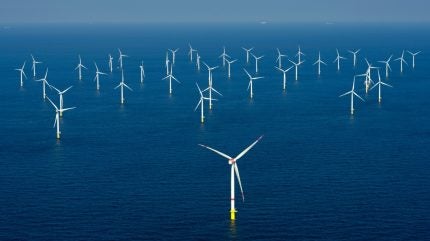
The US BOEM has completed the designation of a 32GW offshore WEA in the Gulf of Maine.
This will significantly exceed the current offshore wind energy goals set by the states of Massachusetts and Maine: 10GW and 3GW, respectively.
The WEA spans two million acres (809,371 hectares) offshore Maine, Massachusetts and New Hampshire. It is located between 23 and 92 miles (37–148km) from the coast.
The move follows comprehensive engagement with state governments, First Nation tribes, local communities, ocean users including the fishing industry, federal partners and other public representatives.
The BOEM will assess the environmental impacts of potential offshore wind leasing activities within the WEA.
A notice will also be published in the Federal Register on 18 March 2024, initiating a 30-day public comment period. A subsequent comment period may occur if the BOEM proceeds with a lease sale.
The finalised WEA reflects an 80% reduction from the initially identified area for potential leasing and a 43% reduction from the draft WEA.
These adjustments were made in response to concerns about preserving natural and cultural resources and existing ocean uses.
The WEA avoids critical areas including lobster fisheries and North Atlantic whale habitats.
BOEM director Elizabeth Klein stated: “BOEM is committed to maintaining strong collaboration with the states of Maine, Massachusett and New Hampshire as we advance our efforts in the Gulf of Maine.
“We remain dedicated to engaging with tribal governments, federal and state agencies, ocean stakeholders, coastal communities and all interested parties as we progress through our environmental review.”
BOEM utilised the ecosystem-based ocean planning model from the National Oceanic and Atmospheric Administration’s National Centers for Coastal Ocean Science throughout the drafting and finalising of the WEA.
The model integrates comprehensive data on the Gulf of Maine’s natural resources, ocean industries and national security activities to identify areas with high wind energy potential and minimal impact on other ocean users and sensitive environmental resources.
In February 2024, the BOEM designated two offshore WEAs offshore Oregon with the potential to generate 2.4GW of clean energy.
The Brookings WEA is 18 miles (28km) from the coast and offers 133,808 acres of seabed. The Coos Bay WEA covers 61,204 acres 32 miles from the coast.



